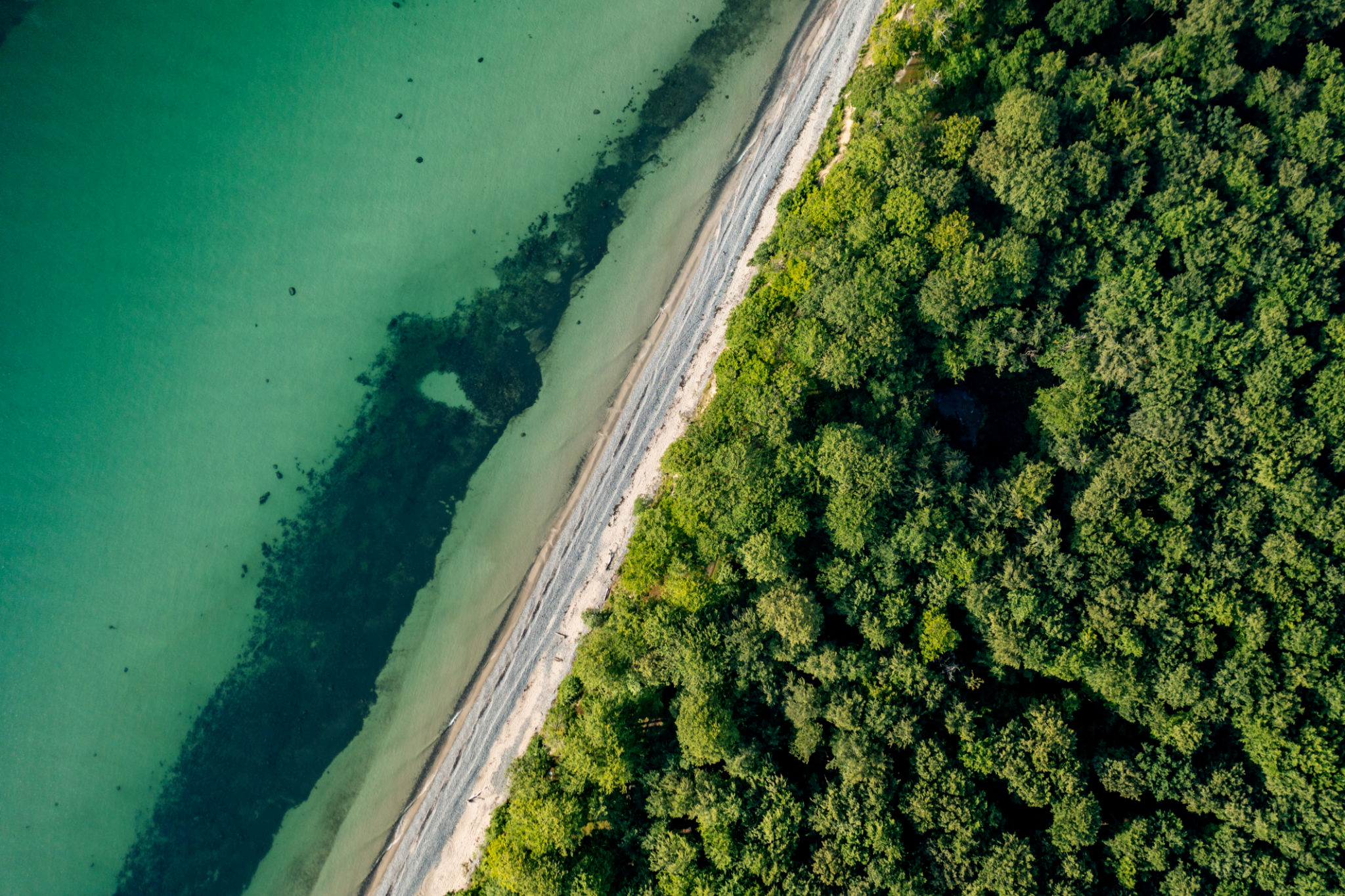How to Ensure Accurate Camera Calibration for Drones in Ballarat's Unique Conditions
Understanding the Importance of Camera Calibration
Camera calibration is a crucial step in ensuring that drones capture accurate and reliable data, especially in unique conditions like those found in Ballarat. Proper calibration ensures that the images and videos captured are free from distortion, which is essential for applications ranging from agricultural monitoring to land surveying.
Ballarat's unique environmental conditions, characterized by its diverse landscape and varying weather patterns, present specific challenges for drone operators. Accurate camera calibration helps to mitigate these issues and enhances the quality of the data collected.

Preparing for Calibration
Before beginning the calibration process, it's essential to prepare your drone and equipment. Ensure that your drone is in good working condition and that all firmware updates are installed. This preparation will help prevent any technical issues during calibration.
Additionally, it's vital to choose the right time and location for calibration. Opt for a clear day with minimal wind to avoid any disruptions. A flat open area with good lighting will provide the best results, as shadows and uneven terrain can affect the calibration process.
Essential Tools for Calibration
Having the right tools on hand can make the calibration process smoother and more efficient. Key tools include a calibration target or checkerboard, a laptop with calibration software, and a tripod to stabilize the drone during the process.

Step-by-Step Calibration Process
To ensure accurate camera calibration, follow these steps:
- Set Up the Calibration Target: Place the calibration target on a flat surface and ensure it is well-lit. The target should be visible in the drone's camera view.
- Capture Images: Use the drone to capture multiple images of the target from different angles and distances. This helps in creating a comprehensive dataset for calibration.
- Upload Images: Transfer the images to your laptop and input them into your chosen calibration software.
- Run Calibration Software: Follow the software's instructions to analyze the images and adjust the camera settings accordingly.
Addressing Common Calibration Challenges
During calibration, operators may encounter challenges such as image distortion or inconsistent lighting. To address these, ensure that your target is evenly lit and that your drone remains steady during image capture. Regularly check your equipment for any physical damage or dirt, which can affect image quality.

Verifying Calibration Accuracy
After completing the calibration process, it's crucial to verify its accuracy. Perform test flights and capture sample images to check for any remaining distortions or inaccuracies. Compare these with previous results to ensure improvements have been made.
If issues persist, consider repeating the calibration process or consulting with a professional for further assistance. Continuous verification will ensure that your drone operates at peak performance under Ballarat's unique conditions.
The Benefits of Regular Calibration
Regular camera calibration offers numerous benefits, including improved data accuracy, enhanced image quality, and extended drone lifespan. For operators in Ballarat, this means more reliable results in applications such as agriculture, construction, and environmental monitoring.
By following these guidelines and maintaining a routine calibration schedule, drone operators can ensure their equipment remains optimized for Ballarat's distinct environment.
